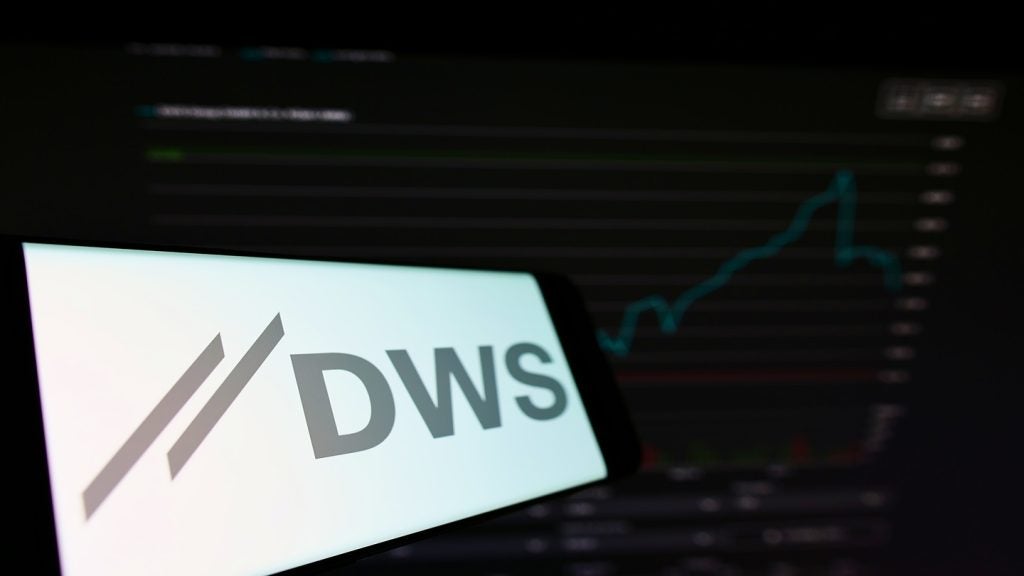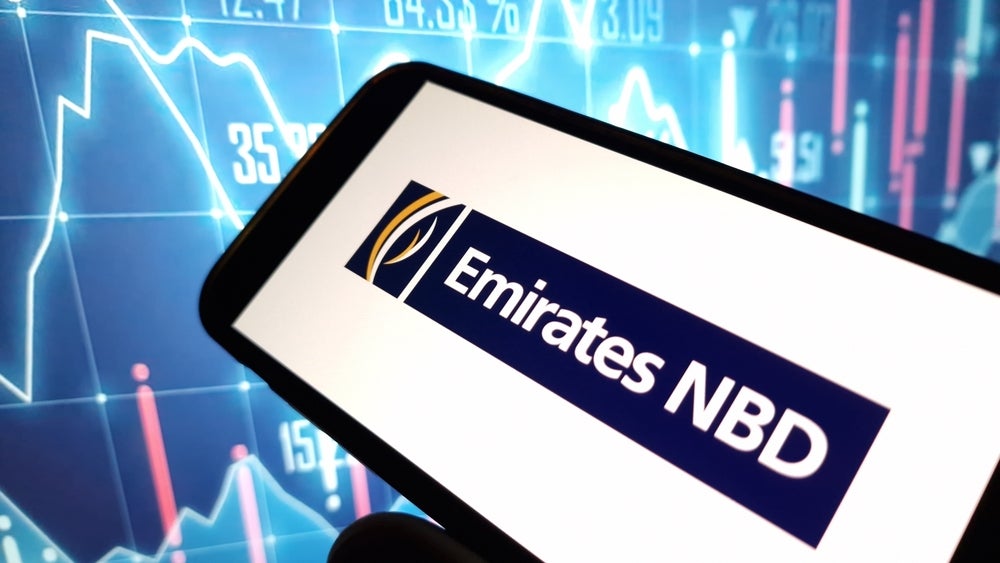The Oxfam scandal has shaken the UK charity sector to its core causing many of its donors to rethink how they appropriate funds. Head of WealthInsight, Oliver Williams, examines the issue and how HNWIs are finding new ways to donate.
Every year as some of the world’s wealthiest gather in Davos for the World Economic Forum, British charity Oxfam publishes a report on the state of global inequality.
So as speakers worth an average net worth of $414.3m (Verdict/WealthInsight) gathered to address the World Economic Forum in January 2018, Oxfam bemoaned that 82% of global wealth earned in 2017 went to the wealthiest 1%.
Two weeks later, The Times newspaper alleged on 9 February 2018 that Oxfam covered up claims that senior staff working in Haiti in the wake of the 2010 earthquake used prostitutes, some of whom it was alleged may have been underage.
[In response to The Times article of 9 February 2018, Oxfam said the behaviour of some members of its staff uncovered in Haiti in 2011 “was totally unacceptable”. Oxfam added as soon as it became aware of the allegations it immediately launched an internal investigation. This later resulted in the creation of a dedicated safeguarding team and a confidential ‘whistleblowing’ hotline].Subsequent allegations have mired Oxfam in controversy while the British charity sector-at-large comes under scrutiny.
The ensuing quagmire has caused the same wealthiest 1% resented by Oxfam to rethink where their donations go. While Oxfam attempts to repair bridges, many HNWIs are asking probing questions on how their charity is distributed.
The due diligence loop
Few major donations are given without prior due diligence checks. At the top of the wealth spectrum, an HNWI’s foundation or family office will delve into a charity’s past performance. The larger the donation, the lengthier the diligence process.
HNWIs without a private office or foundation to disperse their funds may look to their private bank to conduct the same checks. One effect of the Oxfam scandal may be that private banks are asked to review or step-up due diligence checks as clients demand more reassurance on their philanthropic commitments.
If some HNWIs are starting to take a closer look at their charitable recipients, most charities are already doing the same of their donors.
This comes in the wake of the recent President’s Club scandal, a men-only fundraising dinner held at London’s Dorchester Hotel where sexual harassment was alleged to be prevalent.
Fearful of such publicity, many charities are ramping up their diligence of the events and individuals who provide their funds.
The problem with humanitarianism
Oxfam’s scandal has at least hinted why humanitarian aid is not the most popular destination of private donations.
Analysis of WealthInsight’s database of HNWIs and their giving profiles shows only 2% of global HNWIs make major gifts to the humanitarian sector. The most popular, educational institutions, attracts 12% by contrast.
Whereas sponsoring a scholarship or building a library is a very measurable outcome of a gift, donating to disaster relief proves less so.
This is the problem with humanitarian aid from the donor’s point of view: carried out in conflict zones and geographical extremes humanitarian aid is less quantifiable than other types of giving.
Though its largest donor is the British government, Oxfam still receives sizable individual donations. Only by reversing this mystique with more transparency and measurements might HNWIs feel happier about donating to these humanitarian causes.
The future of philanthropy
Transparency and measurability are what HNWIs now look for when making donations. Many are favouring impact investments over charitable donations for this very reason.
TPG, a private equity group, recently launched its Rise Fund. Its 30-point criteria investment criteria aims to, “develop a rigorous, analytical and evidence-based system for measuring and managing social and environmental impact”.
So popular were its impact goals that the fund smashed its $1.5bn fundraising target.
Like any fund, Rise will invest over a limited timeframe. This matches the short-termist philanthropy recently suggested by Amazon’s Jeff Bezos. Writing on Twitter he said, “I’m thinking about a philanthropy strategy that is the opposite of how I mostly spend my time — working on the long term. For philanthropy, I find I’m drawn to the opposite end of the spectrum: the right now.”
Though Bezos is yet to follow through on his Twitter musings, if he can show that short-term spending can produce positive and measureable results, others will surely follow his lead. With an approach that sounds so similar to the ‘solutionism’ employed by the tech world, his following is likely to be large, and wealthy.
Outcomes from Oxfam
Some 7,000 regular donors have reportedly cancelled their agreements with Oxfam since news of the Haiti scandal broke. To a Guardian/ICM poll that asked 2,000 people if they were “less likely to donate to humanitarian charities such as Oxfam in the future”, 35% said they were less likely.
While this is punishing for a charity and a sector that does so much good, reform is clearly required.
HNWIs and their intermediaries need to request transparency and accountability of their recipients. And charities need to take a closer look at who their benefactors might be and ask whether they want their money or not, because if they do then change is required.







